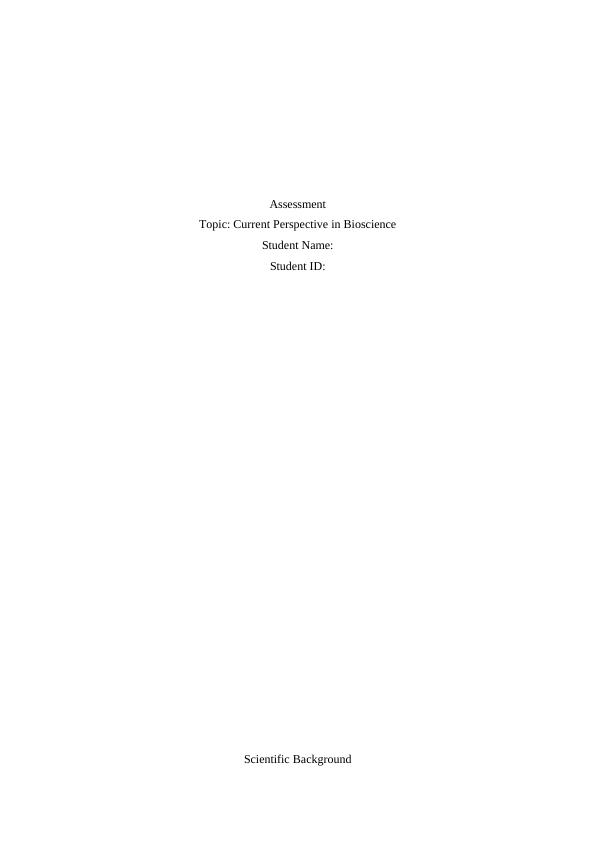Assessment Topic: Current Perspective in Bioscience Student
This assignment requires a critical evaluation of the long term toxicity of a Roundup herbicide and a Roundup-tolerant genetically modified maize, focusing on the scientific background, peer review process, and public science communication.
7 Pages2342 Words33 Views
Added on 2023-01-18
Assessment Topic: Current Perspective in Bioscience Student
This assignment requires a critical evaluation of the long term toxicity of a Roundup herbicide and a Roundup-tolerant genetically modified maize, focusing on the scientific background, peer review process, and public science communication.
Added on 2023-01-18
ShareRelated Documents
End of preview
Want to access all the pages? Upload your documents or become a member.
Publication of Research | Conflicts in Research Publication
|6
|2097
|15
Controversy of Seralini Affair: Impact of GM Corn on Food and Chemical Toxicology
|8
|2482
|302
Controversy over Seralini Affair: A Critical Analysis
|9
|2292
|313



